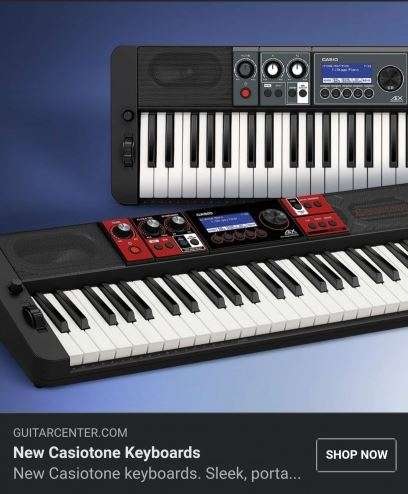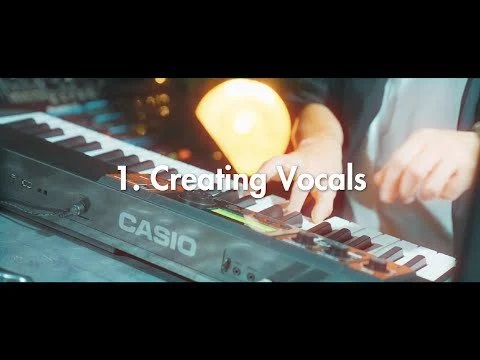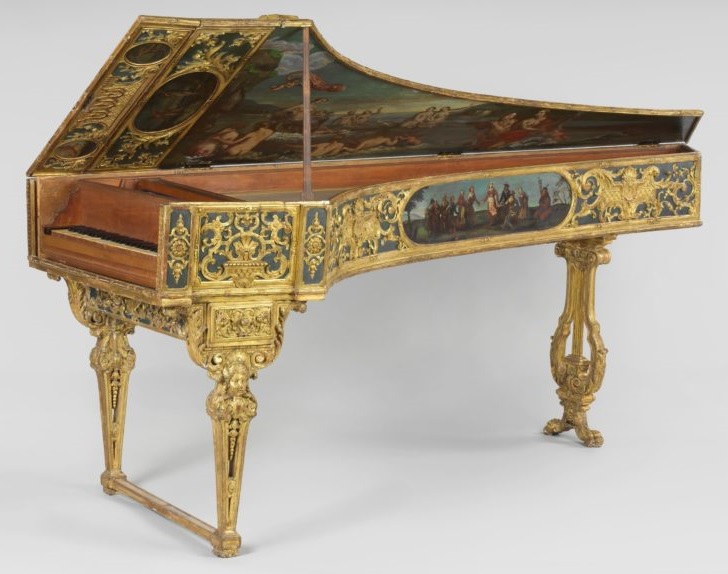The PSR-E473 and PSR-EW425 continue the evolution of the Yamaha E-series arranger keyboards.
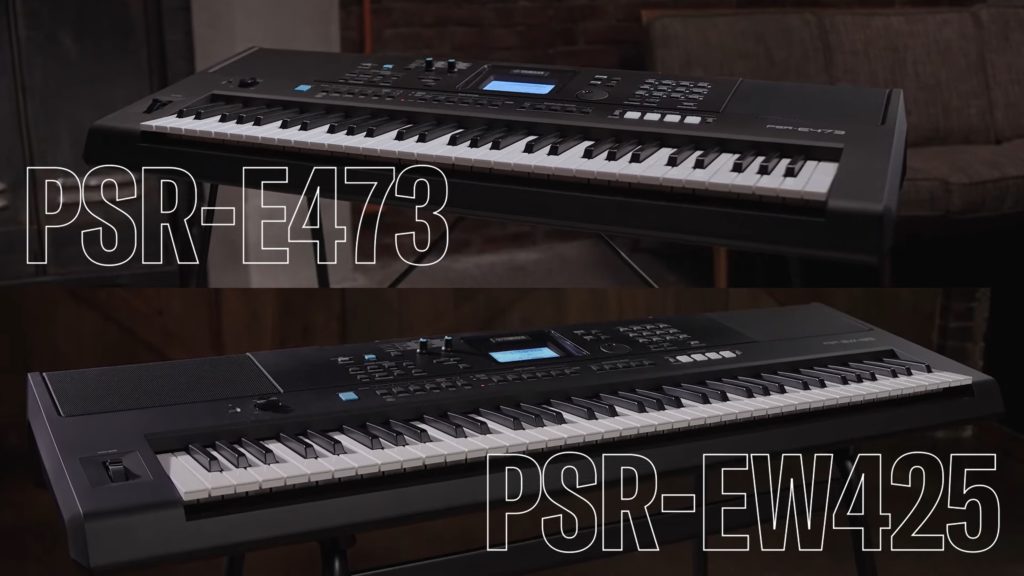
Main features are:
- PSR-E473: 61 keys, PSR-EW425: 76 keys
- Super Articulation Lite voices and articulation button
- 820 voices (including 43 Super Articulation Lite)
- Category access buttons to select voices
- 290 auto-accompaniment styles
- Two DSP effect channels (DSP1 and DSP2)
- DSP1: 41 types of DSP insertion effects
- DSP2: 12 effect types
- New quick sampling user interface (44.1kHz, 16-bit, stereo, 9.6 sec)
- Motion effects (57 types) and motion effect button
- Mega Boost (adds +6dB to the apparent volume)
- Two live control knobs
- 1/4″ main audio out (R, L/L+R)
Pricing has not been announced as of this writing.
The PSR-EW425 has an exclusive organ sound from the YC stage keyboards. Although the E473 and EW425 share ten new drawbar organ voices, the EW425 has some extra tricks. Quoting Yamaha’s documentation, “On the PSR-EW425, a percussive click sound at key-on/key-off and a leakage sound are added, providing more realistic vintage organ sounds.”
DSP1 is automatically assigned to the main voice. DSP2 can be assigned to any part. DSP2 is assigned to all parts (including the keyboard and backing) by default. There is a dedicated DSP2 button on the front panel which provides direct access to DSP2 and turns it ON and OFF. You can choose the effect type for each DSP unit. Effect parameter editing is limited to that available through the Live Control knobs.
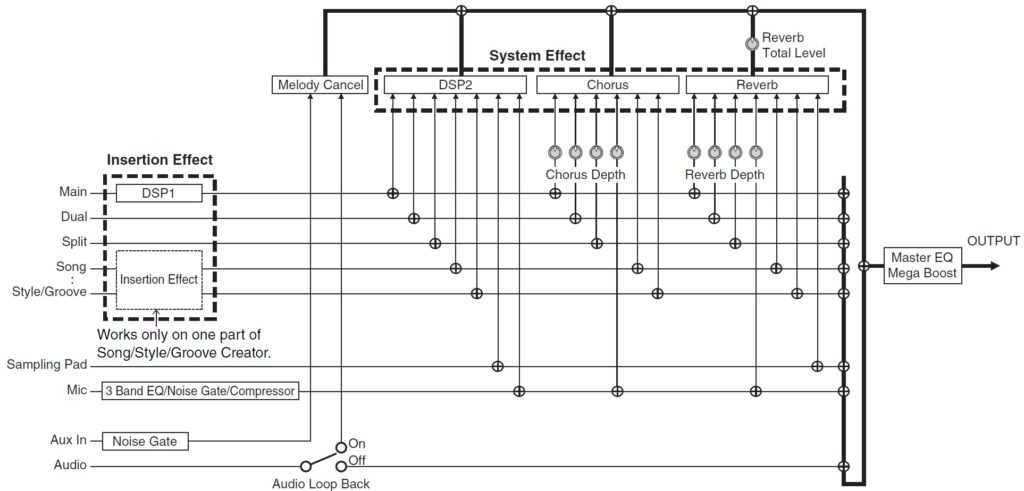
With reverb, chorus and two DSP effect units, effect routing (above) is more sophisticated than earlier E-series models. The routing adheres to the XG architecture. The MIDI implementation does not provide SysEx for effect selection and routing. (Well, at least it’s not documented…)
Motion effects are implemented via MIDI pitch bend and continuous control messages. (The approach is similar to the Yamaha PSS-A50.) Message-heavy effects will cut into song size when recording into MIDI.
The PSR-EW425 has two 12cm speakers and its amplifiers produce 12W per channel. The PSR-EW425 requires six D size batteries, which will affect final weight. The PSR-EW425 weighs 8.3kg (18 pounds, 5 ounces) without batteries.
The PSR-E473 requires six AA size batteries. The PSR-E473 weighs 7.0kg (15 pounds, 7 ounces) without batteries.
Live control knobs can be assigned to:
- Keyboard:
- Filter cutoff and resonance
- Reverb and chorus level
- DSP1 parameters A and B
- Backing:
- Filter cutoff and resonance
- Reverb and chorus level
- Volume balance and retrigger rate
- System:
- DSP2 parameter A and B
Check out my pre-announcement post. See how well I did. 🙂
Copyright © 2022 Paul J. Drongowski

